

9 years ago
8
We just got even weirder results about the 'alien megastructure' star
Last year, the world freaked out over the discovery of a star that was dimming and flickering so erratically, it couldn't be explained by any known natural phenomenon - prompting one scientist to actually go there and suggest it could be evidence of some kind of alien megastructure. Follow-up studies have revealed no signs of alien behaviour, but NASA's Kepler Space Telescope has just spent around 1,600 days observing the star, and things have gotten a lot weirder.
Continue Reading





















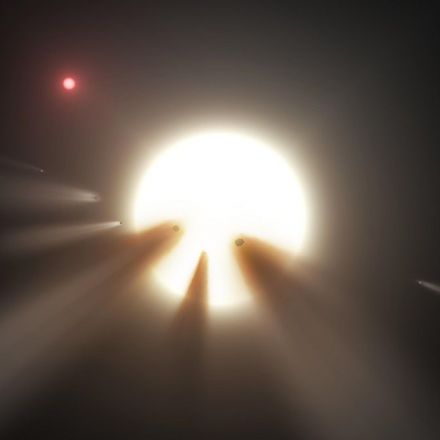
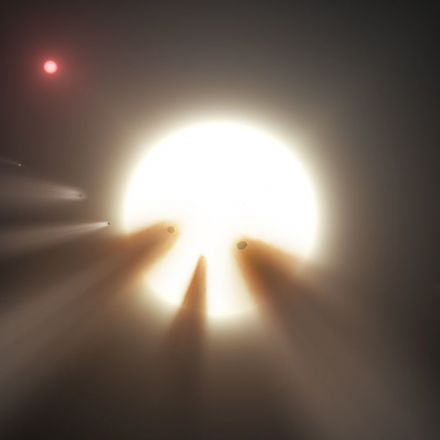
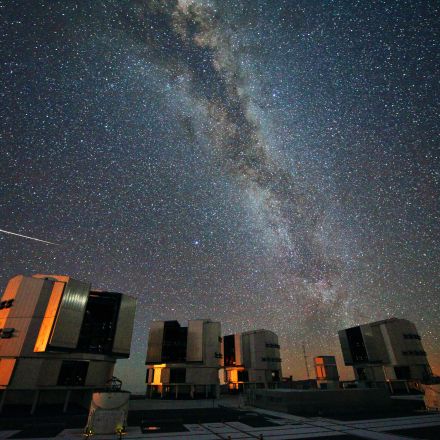
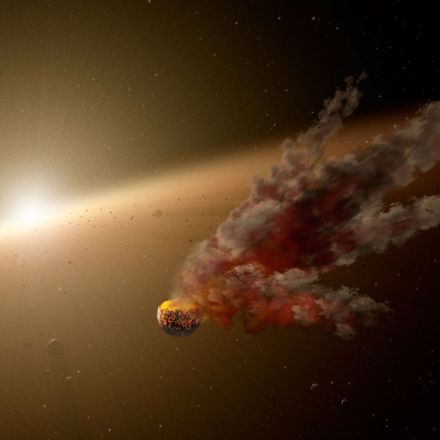
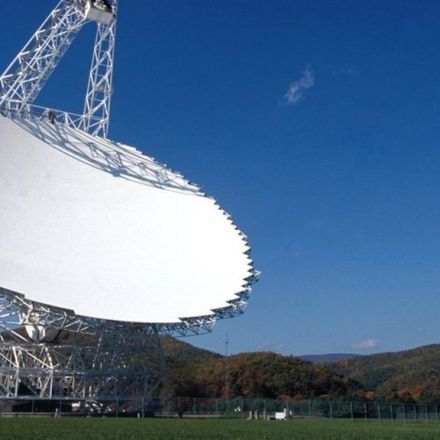
Join the Discussion
This has kept me wondering ever since I first read about whats been going on with this star. Really looking forward to learning more, if only they had even more resources!
I don't think there could be anything more exciting than it having something to do with aliens. Whatever is happening, it'll be interesting to find out what it is.
I was so happy that the kickstarter broke the necessary threshold for action. I donated $10 for telescope time, I can't wait to find out what it's seeing.
Really great news, didn't know there was a kickstarter campaign for this.
Kickstarter Campaign raised $107,421 from 1,762 backers. They will be renting time on The Las Cumbres Observatory global telescope network. Scientists are predicting there to be another 10-20% light curve dip in May 2017, and during that window these telescopes will be watching and collecting data.
Couldn't it be that objects just passed in front of it?
The degree to which these objects block the light and the non regular timing is astonishing. Large gas planets might cause a 2% dip in the light curve on a perfectly regular basis. We're seeing a 10-20% dip that isn't perfectly regular.
This latest paper established three distinct modes of occlusion. You have the giant dips that last a few days, we're also seeing small dips that last a year or so, and finally there is the slight long-term fading on the order of centuries.
No typical astronomical phenomenon we've put to the test fit these data. The more we've looked at it, the more theories we've ruled out and the more fascinating this has become.
Passing objects yes, it's how things seem to be passing that sparks intrigue.